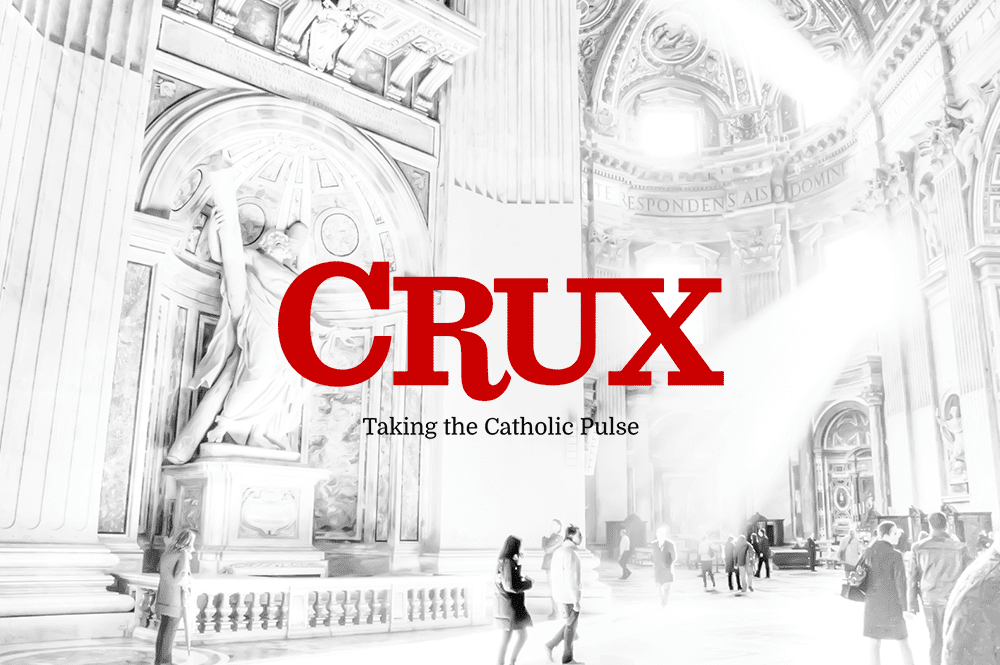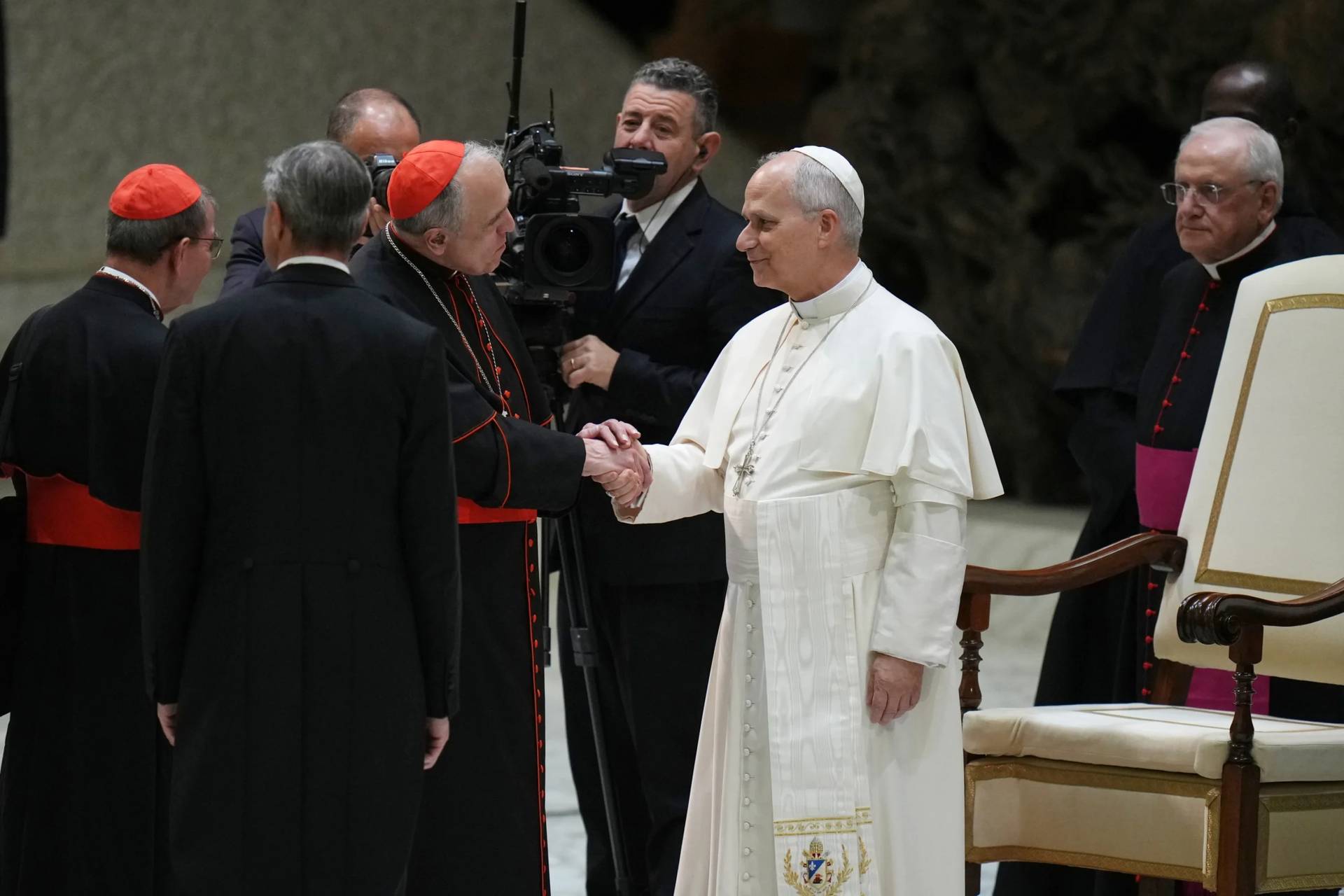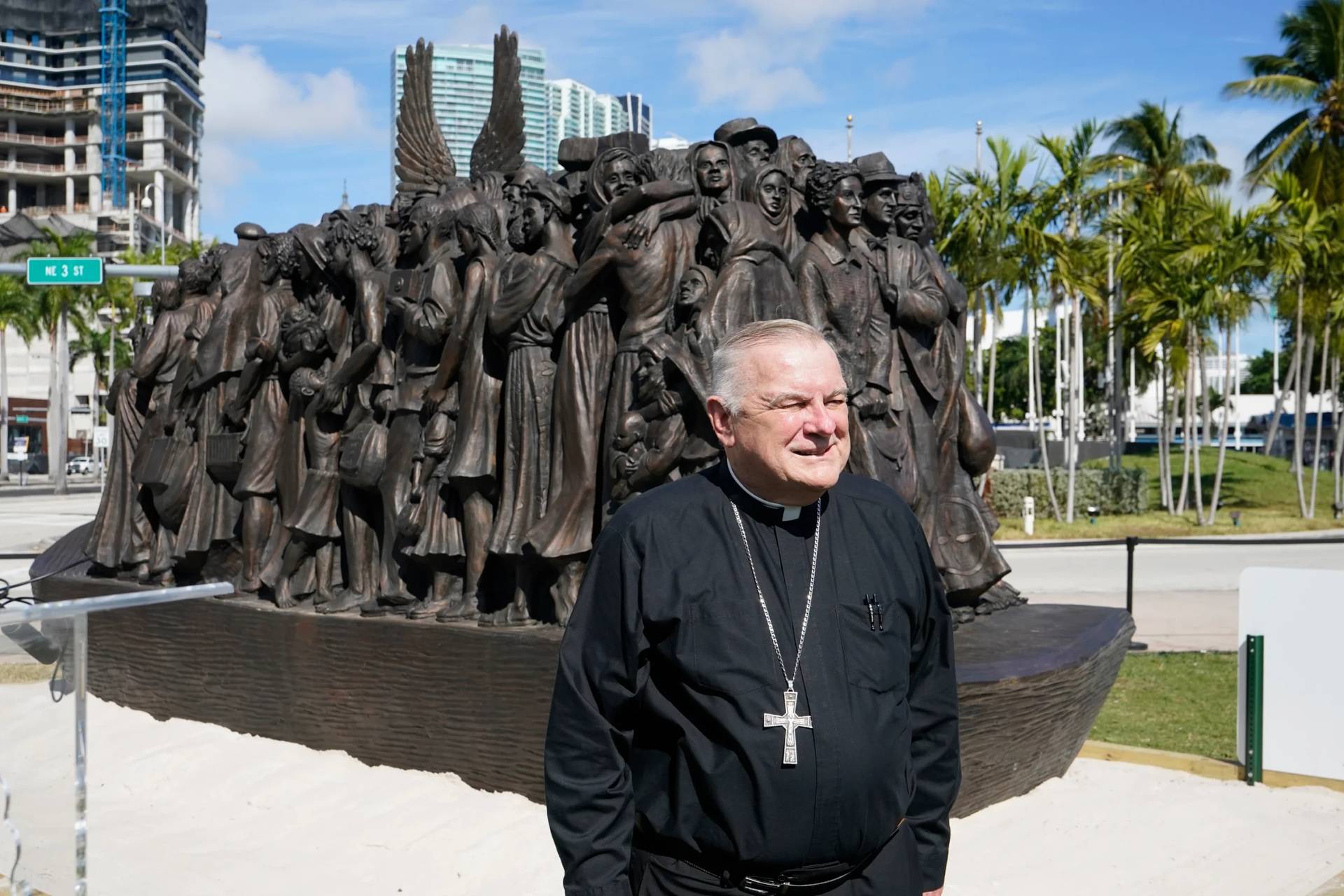This past week, the Catholic Church celebrated the solemnity of the Immaculate Conception of the Blessed Virgin Mary. Like most feast days about Mary of Nazareth, the solemnity is always warm, endearing, and inspiring. Everything seems wonderful, until a word like “prevenient” comes on the scene.
What exactly does “prevenient” mean? What is it about this high holy day that requires such a peculiar word?
The word is simple enough to understand. It could be defined as something preceding in time or in a series of items. It’s an antecedent. Easy enough, but how does this apply to a feast day, the Blessed Virgin Mary, theology, and salvation history?
This, of course, is where the application of the word needs some explanation and can raise some eyebrows.
Contrary to popular opinion, the Immaculate Conception is not a feast day honoring the conception of Jesus Christ. The holy day for that mystery is the Annunciation, March 25 (nine months before the observance of the Lord’s birth at Christmas, December 25). The Annunciation celebrates the virginal conception of the Lord in the womb of his mother by the overshadowing of the Holy Spirit.
So, the Immaculate Conception is not about the Lord’s conception, but rather is about the conception of Mary in the womb of her mother, whom tradition calls Ann. It was not a virginal conception, but a very natural one brought about by the marital union between Ann and her husband Joachim.
The solemnity recalls that Mary’s conception was without sin, and by consequence she was born without stain and lived “full of grace.” Such an assertion raises a biblical query on how anyone could be preserved from sin before the actual, historical redemption was accomplished by Jesus Christ.
Theological questions abound, and there is real anxiety over whether the Church could revere anyone as “without sin” prior to Calvary. The argument intimately touches Christian teaching on the radical particularity of the Lord’s saving work.
Are there exceptions to the salvific plan of Jesus Christ? Could someone be saved and attain holiness without the merits of the Lord Jesus?
This is where the word “prevenient” comes in. The Church, relying heavily on Franciscan theology, teaches that God, knowing of his Son’s Death, took its merits and applied its grace in an early, or prevenient way to Mary at the very moment of her conception.
And as the prayer of the solemnity’s Mass declares: “…Grant that, as we profess her, on account of your prevenient grace, to be untouched by any stain of sin…,” so the Church believes and prays that Mary received a pre-order of Calvary’s grace.
Even as this teaching is rejected by some as way over the top, the vast majority of regular believers similarly scratch their heads and wonder just how something like prevenient grace really works.
Some attempts to clarify prevenient grace or make it more cohesive have included the argument that prevenient grace retains the truth that Mary belongs to a sinful race, and that all salvation comes through Jesus Christ. Later in her life, Mary will pray, “My soul proclaims the greatness of the Lord, and my spirit rejoices in God my Savior.”
Additionally, the Church itself seems to indirectly acknowledge the unusual status of prevenient grace as it emphasizes that such grace at conception has only ever been given to one person, namely, solely to Mary.
Lastly, the explanation is provided that Mary’s most high service as Mother of God and First Disciple of the Lord Jesus required her to be sinless. In light of her mission and in deference to her Son’s divine personhood, she received prevenient grace in order to be made ready for the tasks entrusted to her by God.
While some of these explanations can help, in the end none of them really resolves the disquiet caused by the notion of prevenient grace. And so seeking a conclusion, and slightly echoing the last argument of service and mission, the believer has to know that if she’s accepted the reality that the infinite and all-powerful God has taken on human flesh, and chosen to do so through an earthly mother, then there are some aspects of this mystery that are just above full human comprehension.
Admitting a lack in her own mind of a total grasp of all the details, the Christian believer can acknowledge that it’s somehow reasonable that the woman chosen to bear the Divine in human history should be without sin.
While the idea of surrendering the argument of prevenient grace to mystery might seem defeatism or misplaced piety, in summary it’s a reflection of life itself. As the believer’s own salvation can oftentimes be a mystery even to herself, it shouldn’t be a surprise that the salvation of the Mother of God is covered by the same veil of mystery.
















